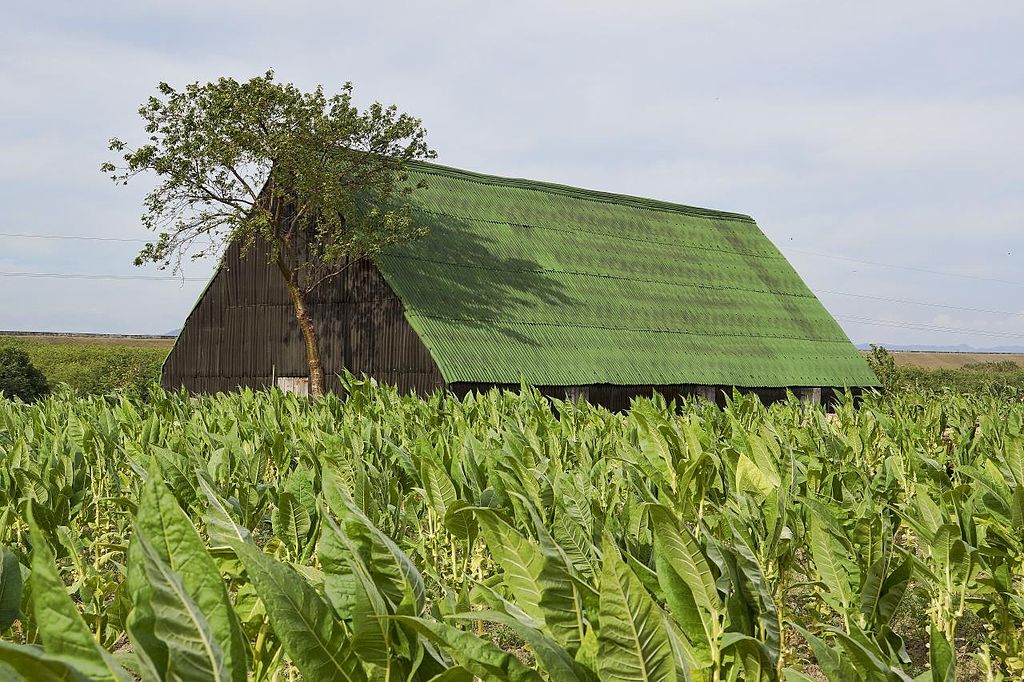The Organic Revolution in Cuba

Neem has played an important role in Cuba’s transition towards sustainable agriculture. Forced to turn to organic farming for self-sufficiency in the late 1990s, after losing over 1.3 million tons of synthetic fertilizer imports annually, Cuba had to rely on natural alternatives like neem for crop care and protection to secure their food supply. The United Nations Food and Agriculture Organization estimates that during that time, daily calorie intake dropped from 2,600 to around 1,250.
Today, Cuba has 383,000 organic farms spanning 50,000 hectares. The most productive of these farms yield up to 20 kg of food per square meter every year. An incredible feat, not only because this is one of the highest rates of food production in the world, but also due to the fact that the country achieved this without using any synthetic pesticides or fertilizers!
With the unavailability of chemical imports, Cuba turned to more sustainable methods. Instead of growing sugarcane, people began to grow food crops and use oxen instead of tractors. They became experts in vermicomposting, crop rotation, soil conservation, and utilizing biopesticides, like neem. Neem trees were grown in large farms around the country and were used to recover over 1,000 hectares of land that were once eroded by sugarcane plantations.
This transformed the nation. With higher food production, calorie intake was able to return to a sustainable, healthy level. Cuban organic farmers produce 65% of the country’s food on just 25% of the land, truly achieving sustainable development with the help of the neem tree! However, today, this achievement may be at risk due to less strict trade embargoes, tempting farmers with synthetic inputs that may synthetically increase yields in the short term, but will eventually erode and degrade the soil and the environment.









Hello! I just would like to give a huge thumbs up for the great info you have here on this post. I will be coming back to your blog for more soon.